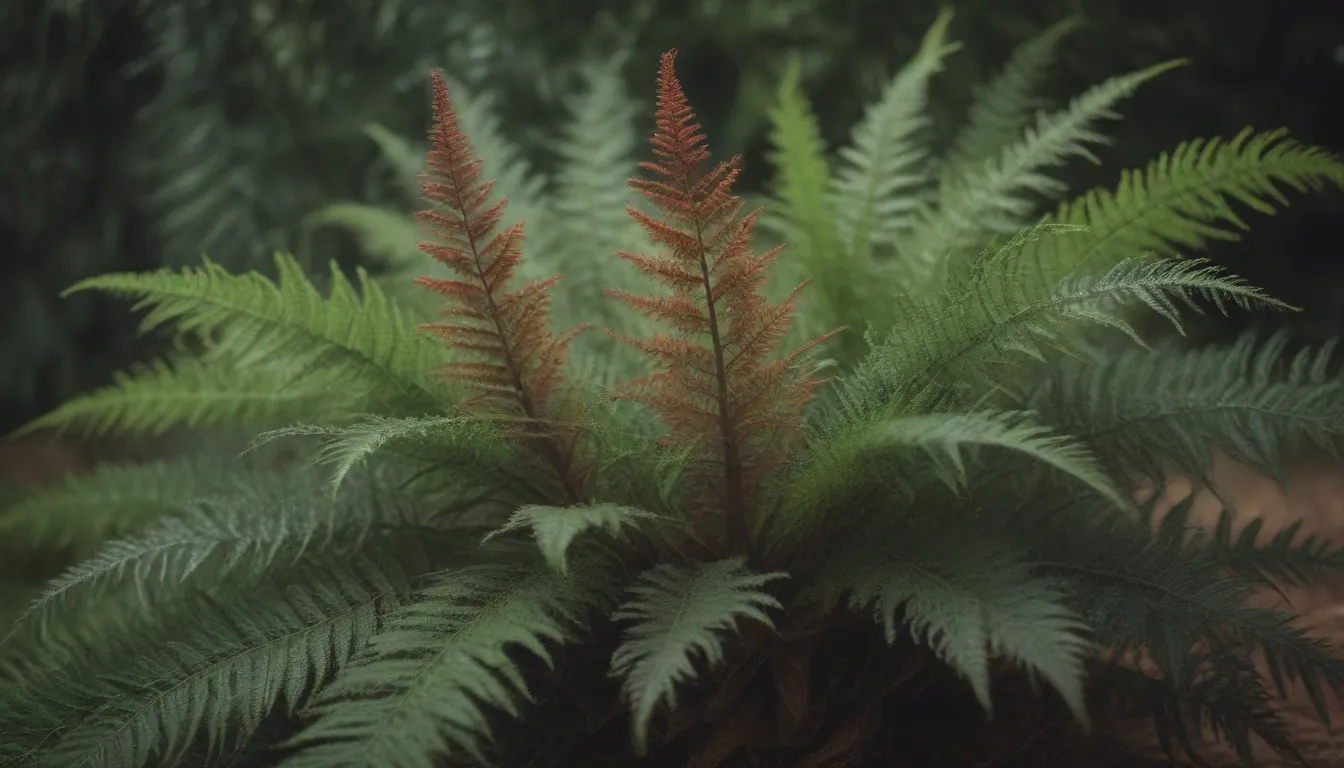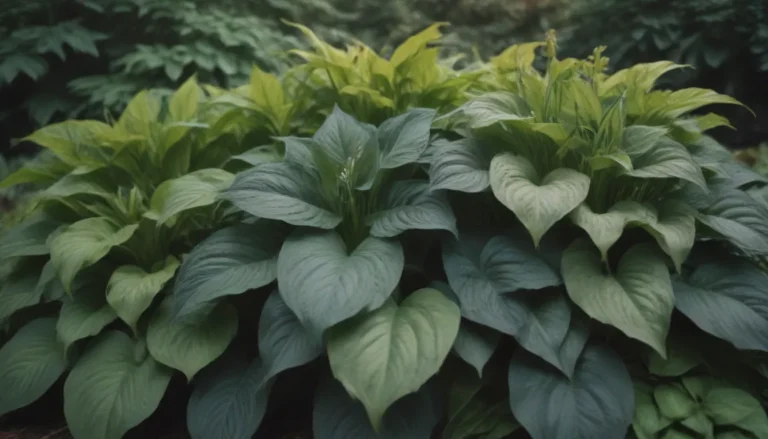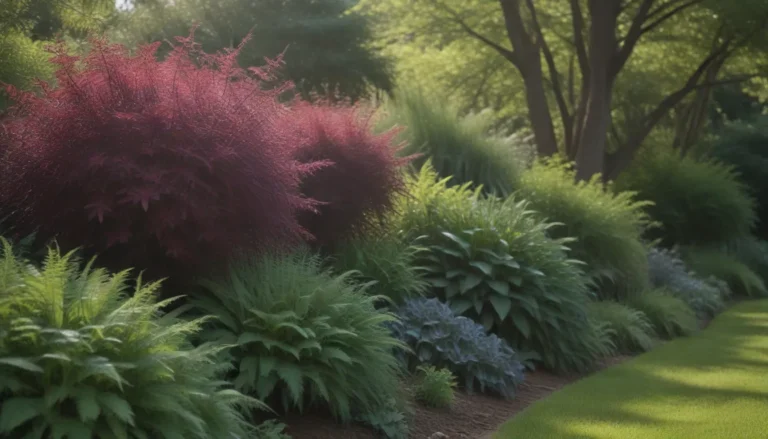The Ultimate Guide to Growing and Caring for the African Fern Pine

Are you looking to add a touch of elegance to your garden or landscape with a unique conifer tree? Look no further than the African fern pine (Afrocarpus gracilior). This stunning tree, native to eastern Africa, is known for its long, narrow leaves and airy, fern-like appearance that sets it apart from other conifers. In this comprehensive guide, we will explore everything you need to know about growing and caring for the African fern pine to help you successfully cultivate this beautiful species in your own outdoor space.
Getting to Know the African Fern Pine
The African fern pine features clusters of slender light green leaves that darken as they mature. Its evergreen foliage can grow up to 4 inches in length, creating a lush and vibrant canopy. While the tree’s flowers are yellow and not particularly conspicuous, it is the unique berry-like fruits that add visual interest to the tree. As the fruits ripen, they transition from green to yellow, adding a pop of color to the tree’s overall appearance.
African fern pines typically develop a single upright trunk with a dense canopy that can be trimmed to produce a rounded or oval shape. Depending on whether it is allowed to grow as a tree or kept as a shrub or hedge, the African fern pine can reach heights of up to 60 feet or be maintained at a more manageable 20 feet. With a moderate growth rate of 12 to 36 inches per year, the African fern pine is a long-lived species that can survive for up to 150 years when properly cared for.
African Fern Pine Care Tips
Prized for its low maintenance requirements, resistance to pests, and wide tolerance to growing conditions, the African fern pine is a versatile tree that is popular throughout the southern United States. Whether you choose to grow it as a shade tree, barrier bush, accent tree, or windbreak, the African fern pine is sure to enhance the beauty of your landscape. Here are some essential care tips to help you successfully cultivate and maintain this stunning tree:
Light: African fern pines thrive in direct morning sunlight but can also tolerate shady conditions. In hot climates, providing some shade during the hottest part of the day can help protect the tree from sunburn.
Soil: African fern pines are not picky when it comes to soil types. They can tolerate poor quality and compacted soil, although they prefer slightly acidic soil. Avoid planting them in locations that receive aerosol salt from the ocean, as they are not tolerant of salt exposure.
Water: During the first two years of growth, African fern pines should be watered heavily once a week. In the third year, reduce watering to every other week. Mature trees can tolerate drought conditions but will benefit from regular watering.
Temperature and Humidity: African fern pines thrive in USDA zones 9 through 11 and prefer a warmer climate. While they are cold-hardy to temperatures as low as 15 degrees Fahrenheit, they should be protected from freezing temperatures to prevent leaf browning.
Fertilizer: Fertilize African fern pines in the spring before new growth begins using an all-purpose fertilizer. Follow the instructions on the fertilizer package for best results.
Pruning and Propagation Techniques
Proper pruning is essential for maintaining the health and shape of your African fern pine. Young plants should be pruned to establish a central leader and healthy branch structure. Once established, pruning is only necessary to achieve the desired size and shape of the tree. If you plan to train your fern pine as an espalier or grow it as a hedge, regular pruning in late winter or early spring is recommended.
Propagation of the African fern pine is best achieved through cuttings, as seeds are often consumed by birds and wildlife. Cuttings can take up to a year to root, so patience is key when propagating this species. For those looking to propagate their own African fern pines, here’s a simple guide to get you started:
- Take a cutting from a healthy branch of the tree, making sure it is at least 6 inches long.
- Remove the lower leaves from the cutting and dip the cut end in rooting hormone.
- Plant the cutting in a well-draining soil mixture and keep it consistently moist until roots develop.
Potting and Repotting the African Fern Pine
While the African fern pine is too large to grow indoors in residential settings, it makes an excellent potted plant for outdoor spaces. These trees can be planted in large pots and used as accents near entryways or as tall screening hedges. When potting your African fern pine, be sure to choose a container with drainage holes and fill it with well-draining soil. As the tree grows, repot it into larger containers to prevent root binding and promote healthy growth.
Common Pests and Plant Diseases
One of the many benefits of growing African fern pines is their resilience to most pests and diseases. However, these trees can be susceptible to aphids, scale, and sooty mold, although infestations are typically not severe. When planting African fern pines as a hedge, be sure to space them approximately 2 feet apart to promote good air circulation and reduce the risk of pest infestations. Additionally, be mindful of the gender of your fern pine, as male trees produce minimal litter compared to female trees with messy fruits.
In conclusion, the African fern pine is a versatile and visually striking tree that can be a valuable addition to any landscape. With proper care and maintenance, you can enjoy the beauty of this unique conifer for many years to come. Whether you choose to grow it as a shade tree, hedge, or accent plant, the African fern pine’s distinctive foliage and easy-going nature make it a popular choice for gardeners and landscapers alike. Incorporate these care tips into your gardening routine to foster healthy growth and vibrant foliage in your African fern pine trees. Happy gardening!





